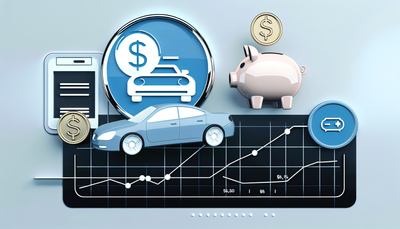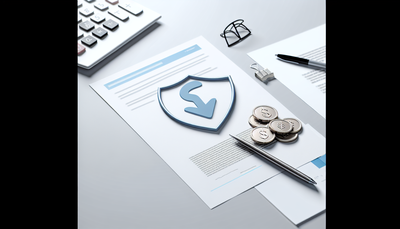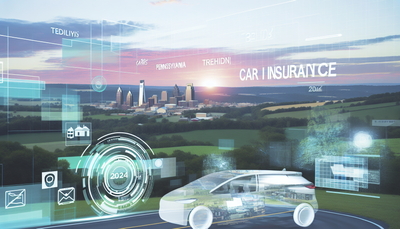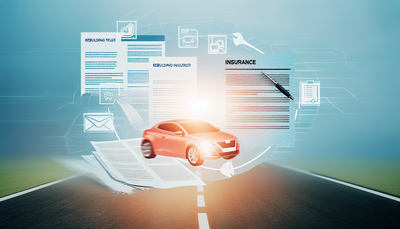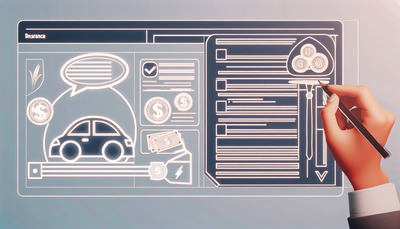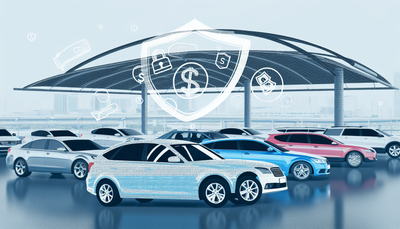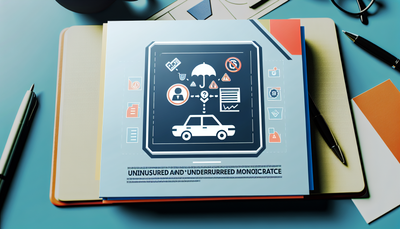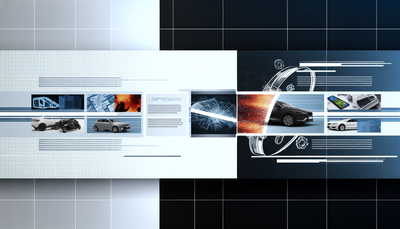What’s Really Covered? A Deep Dive into Auto Policy Components
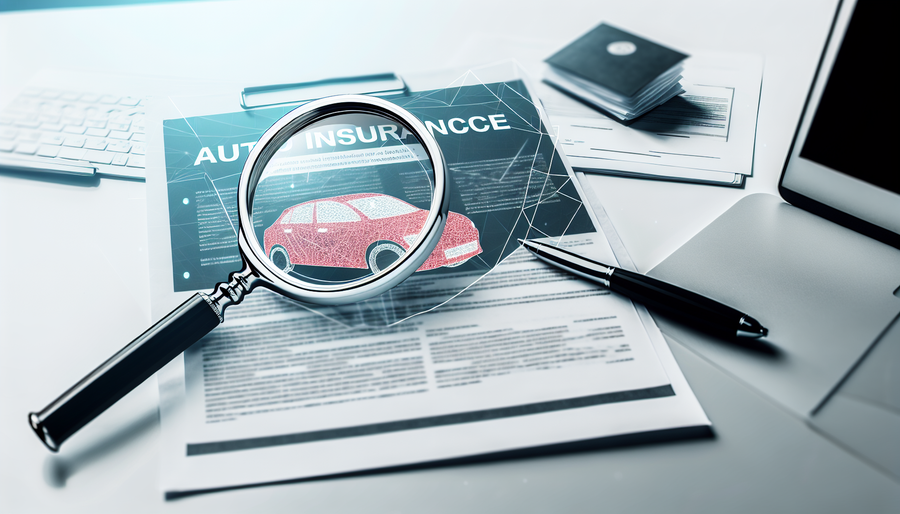
What’s Really Covered? A Deep Dive into Auto Policy Components
When it comes to buying car insurance, most of us are familiar with terms like liability, collision, and comprehensive—but what do these really mean? And more importantly, what do they actually cover?
In this comprehensive insurance guide, we’ll take a deep dive into the essential coverage components of a standard auto policy. Understanding these elements can help you make better decisions about your protection on the road.
🚘 Why Understanding Your Auto Policy Matters
You're legally required to carry auto insurance in most states, but the minimum coverage might not be enough to protect you fully. Knowing what each component of your policy covers ensures you're not left financially vulnerable after an accident or other unexpected event.
📌 Core Coverage Components of an Auto Policy
1. Liability Coverage
This is the foundation of any auto policy and is typically required by law.
- Bodily Injury Liability: Covers medical expenses and lost wages for others if you're at fault in an accident.
- Property Damage Liability: Pays for damage you cause to someone else's vehicle or property.
💡 Tip: State minimums might not be enough. Consider increasing your limits for better protection.
2. Collision Coverage
Collision coverage helps pay for repairs to your own vehicle after an accident—regardless of who was at fault.
- Useful for newer or financed vehicles.
- Subject to a deductible, which you choose when purchasing the policy.
3. Comprehensive Coverage
This protects your car from non-collision-related incidents such as:
- Theft
- Vandalism
- Natural disasters (hail, floods, storms)
- Hitting an animal
It’s also subject to a deductible and is often required by lenders on leased or financed vehicles.
4. Personal Injury Protection (PIP)
Also known as "no-fault insurance," PIP covers medical expenses for you and your passengers, regardless of who caused the accident. Some policies also include:
- Lost wages
- Funeral costs
Required in some states and optional in others.
5. Uninsured/Underinsured Motorist Coverage
This kicks in if you're hit by a driver with no insurance—or not enough of it. It covers:
- Medical bills
- Property damage (in some states)
Given the number of uninsured drivers on the road, this is an essential coverage component.
6. Optional Add-ons
Depending on your insurer, you may have access to several add-ons that enhance your coverage:
- Roadside Assistance
- Rental Car Reimbursement
- Gap Insurance: Covers the difference between your car's value and what you still owe on a loan or lease.
📄 How to Customize Your Auto Policy
Every driver’s needs are different. When building your auto policy:
- Assess your risk level: Do you drive frequently? Commute long distances?
- Consider the value of your vehicle
- Evaluate your financial situation: Would you be able to cover repair costs out of pocket?
A good insurance agent can help tailor a policy that provides adequate protection without overpaying for unnecessary extras.
✅ Final Thoughts
Understanding the coverage components of your auto policy isn’t just about checking a box to meet legal requirements—it’s about protecting yourself, your passengers, and your investment. Use this guide to evaluate your current policy and make informed decisions that offer peace of mind every time you hit the road.
Still unsure which coverages are right for you? Talk to an insurance professional or use online comparison tools to find the best fit.
Stay informed. Stay protected.

